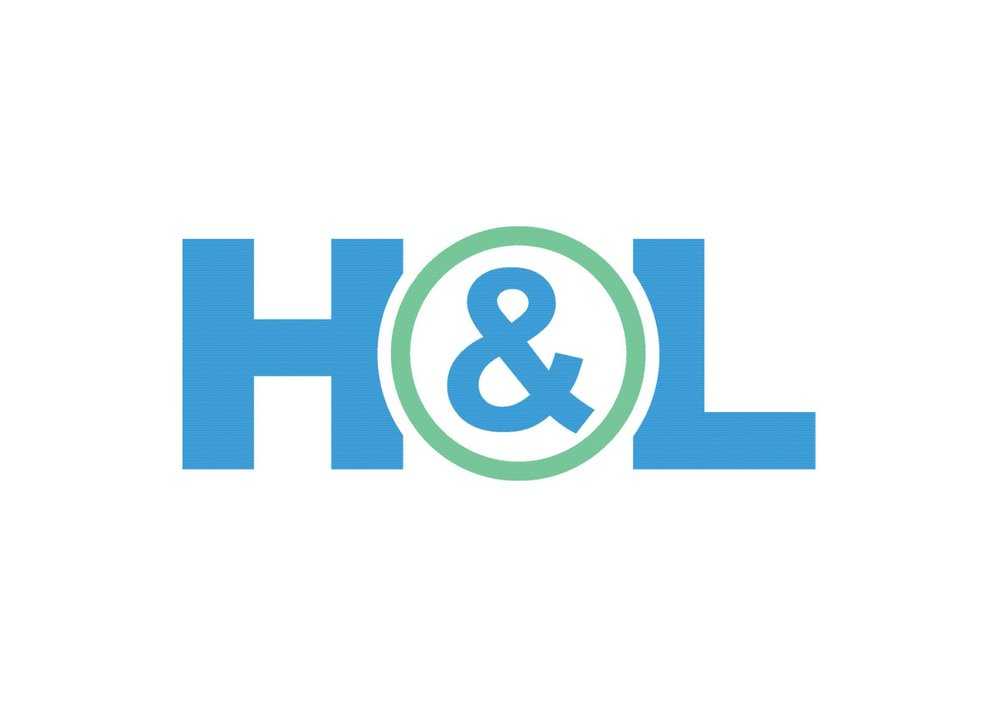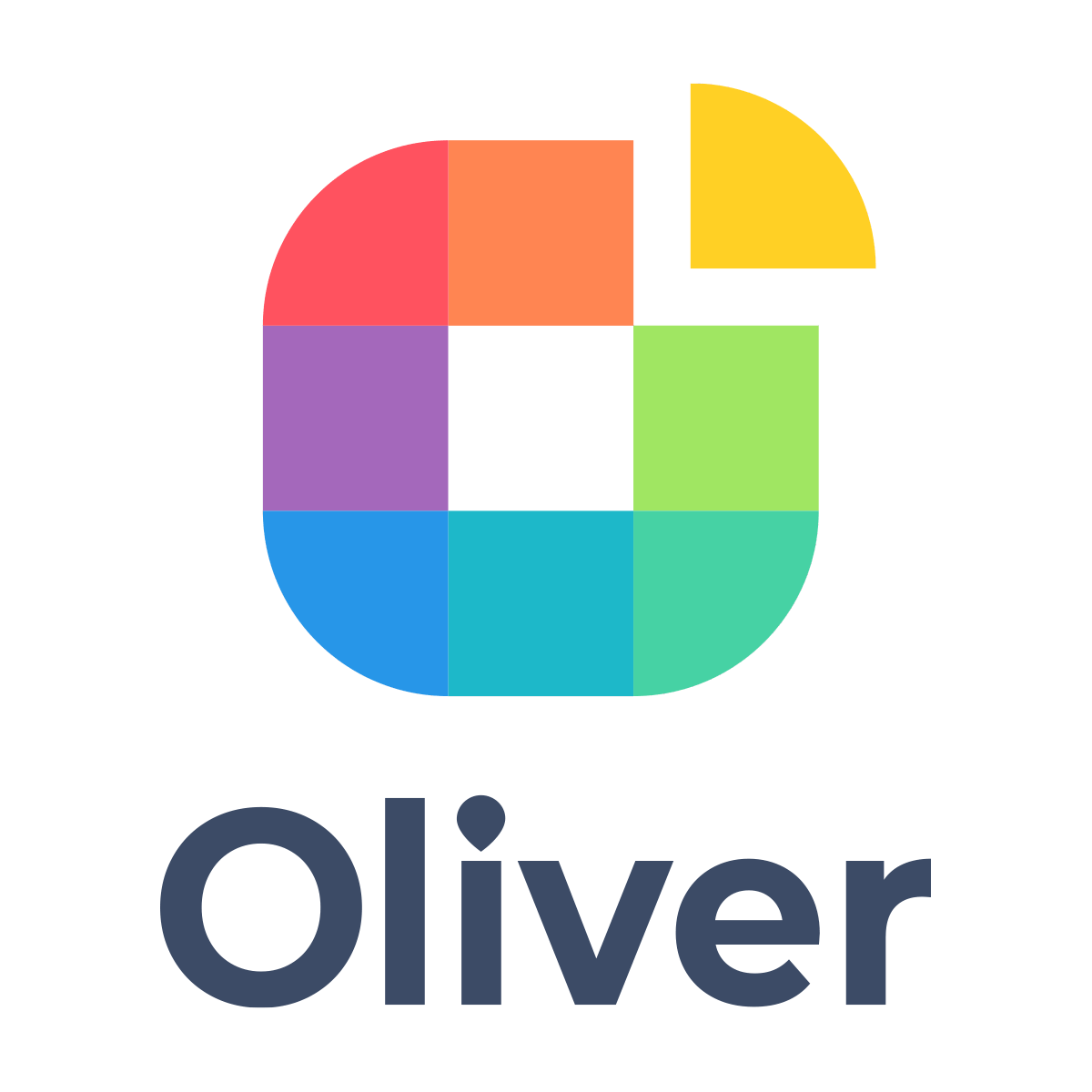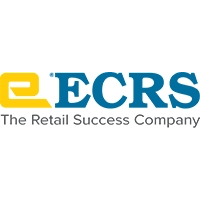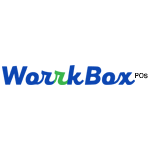Description

H&L POS

Xilnex
Comprehensive Overview: H&L POS vs Xilnex
Overview of H&L POS and Xilnex
H&L POS and Xilnex are both point-of-sale (POS) systems designed to help businesses streamline their sales, inventory, and customer management processes. Here's a comprehensive overview of their primary functions, target markets, and differentiating factors:
a) Primary Functions and Target Markets
H&L POS:
-
Primary Functions:
- Sales Processing: Facilitates transactions with features like barcode scanning, receipt printing, and transaction history.
- Inventory Management: Offers real-time inventory tracking, stock level management, and order management.
- Customer Management: Enables loyalty programs, customer databases, and personalized promotions.
- Reporting and Analytics: Provides sales reports, trend analysis, and inventory insights.
- Employee Management: Supports staff scheduling, time tracking, and performance monitoring.
-
Target Markets:
- Retail Stores: Ideal for small to medium-sized retail businesses.
- Supermarkets and Grocery Stores: Supports high-volume sales and inventory management.
- Specialty Shops: Tailored for stores that need specific features for managing specialized products.
Xilnex:
-
Primary Functions:
- Cloud-Based Solution: Offers cloud integration for real-time data access from any device.
- Multi-Outlet Management: Manages several store locations from a single dashboard.
- Advanced Inventory Control: Provides detailed product tracking, supplier management, and reorder alerts.
- Comprehensive Reporting: Features detailed analytics tools for sales, inventory, and customer data.
- E-commerce Integration: Facilitates online sales channels and syncs with physical store inventory.
-
Target Markets:
- Multi-Store Retailers: Suitable for businesses with multiple store locations.
- Hospitality: Serves cafes, restaurants, and bars with features for menu management and table reservations.
- E-commerce and Omnichannel Retailers: Integrates online and offline sales channels.
b) Market Share and User Base
H&L POS and Xilnex serve different segments of the retail and hospitality industries, and their market shares can vary significantly based on region and industry focus.
-
H&L POS tends to be favored by smaller retail stores and individual outlets that require straightforward POS functionalities. Its user base primarily consists of businesses looking for reliable and user-friendly solutions without extensive needs for multi-location management.
-
Xilnex, on the other hand, often serves larger businesses with more complex needs, such as those requiring multi-outlet management over multiple geographical regions. It appeals to businesses embracing the digital shift and seeking integrated solutions for both their physical and online store operations.
While comprehensive data on their respective market shares may not be publicly available, Xilnex's emphasis on cloud-based solutions and scalability potentially gives it a wider appeal among businesses focused on growth and technological integration.
c) Key Differentiating Factors
-
Cloud Capabilities:
- Xilnex offers robust cloud capabilities, making it ideal for businesses that require real-time data access and management across multiple locations. H&L POS may have more limited cloud functionalities.
-
Scalability:
- Xilnex is designed for scalability and is better suited for larger businesses or those planning to expand to multiple outlets. H&L POS is more oriented towards smaller, single-location businesses.
-
Industry Focus:
- H&L POS has a strong focus on traditional retail environments, whereas Xilnex caters to both retail and hospitality sectors, offering features like menu management and reservation systems for restaurants.
-
Integration and E-commerce:
- Xilnex offers more comprehensive integration with e-commerce platforms, enabling seamless omnichannel experiences. This makes it a preferred option for businesses looking to synchronize their online and offline operations.
-
Cost and Simplicity:
- H&L POS may offer a simpler and more cost-effective solution for smaller businesses that need essential POS features without the complexities of cloud integrations and multi-location management.
Overall, the choice between H&L POS and Xilnex depends largely on specific business needs, particularly in terms of scale, industry, and technological preferences.
Contact Info

Year founded :
1987
+61 1800 778 340
Not Available
Australia
http://www.linkedin.com/company/hl-point-of-sale

Year founded :
Not Available
Not Available
Not Available
Not Available
Not Available
Feature Similarity Breakdown: H&L POS, Xilnex
As of my last update, specific details about proprietary software like H&L POS and Xilnex can be limited due to licensing and proprietary technology concerns. However, here is a general breakdown of POS system feature similarities based on common industry standards and known features of many POS systems. Please verify with the most current sources for both products for the precise similarities and differences:
a) Core Features in Common:
-
Inventory Management: Both POS systems typically offer inventory tracking capabilities allowing merchants to manage stock levels, receive alerts on low stock, and integrate purchase orders.
-
Sales Reporting and Analytics: They provide reporting tools giving insights into sales trends, peak selling times, and product performance.
-
Customer Management: Customer loyalty programs, purchase histories, and personal data management are standard features.
-
Employee Management: These systems often include features for tracking employee sales, managing shifts, and setting permissions.
-
Payment Processing: Both systems support multiple payment methods, including credit/debit cards, cash, and mobile payment options.
-
Multi-location Capabilities: They often provide support for businesses with multiple locations, allowing centralized management.
-
Integration Abilities: Common integration with accounting software, eCommerce platforms, and other third-party applications.
b) User Interface Comparison:
-
Design and Usability:
- POS systems generally strive for intuitive and clean interfaces to enhance usability for fast-paced environments like retail and hospitality.
- The user interface design may vary slightly based on aesthetic choices, but both aim to minimize the number of steps for common tasks.
-
Customization:
- Many such systems allow some degree of customization to fit specific business needs. The scope and ease of customization can differ between systems.
-
Ease of Navigation:
- Efficient navigation for accessing various tools and features is a common goal. However, how each system achieves this could vary, affecting user experience.
c) Unique Features:
-
H&L POS:
- Local Market Integration: If H&L POS is frequently used in a particular region, it might offer tailor-made features for local business practices.
- Industry-Specific Tools: It may provide more specialized tools if focused on specific sectors (e.g., hospitality or retail).
-
Xilnex:
- Cloud-Based Solutions: Xilnex has been noted for its robust cloud-based platform, allowing real-time data access and remote management.
- Comprehensive API Options: Xilnex might offer extensive API support, facilitating significant integration flexibility with other enterprise resources.
Conclusion:
The specific breakdown of features would require direct comparison through trials, demos, or a detailed feature list from each vendor. Businesses will benefit by assessing what unique needs they have and which system better meets those needs based on current offerings. Always check the latest versions and user reviews for current information on software capabilities and user experience.
Features

Not Available

Not Available
Best Fit Use Cases: H&L POS, Xilnex
H&L POS and Xilnex are both point-of-sale (POS) systems designed to streamline operations for various businesses. They each have unique features and strengths that make them suitable for different types of businesses and scenarios.
H&L POS
a) Best Fit Use Cases:
-
Retail Chains and Franchises: H&L POS is often the best choice for retail businesses, particularly chains and franchises, due to its robust inventory management and multi-store capabilities. The system can manage large inventories and track sales across multiple locations.
-
Grocery and Specialty Stores: Businesses that sell a wide variety of products, such as grocery stores, benefit from H&L's ability to handle complex inventories and pricing strategies, including promotions and discounts.
-
Food and Beverage Outlets: While more tailored for retail, H&L POS can also cater to smaller food outlets or cafes due to its quick transaction processing and ability to handle various payment methods.
-
Fashion and Apparel Stores: The POS's ability to manage different SKUs, sizes, and styles makes it a preferred choice for clothing and apparel retailers who need sophisticated inventory categorization.
Xilnex
b) Preferred Scenarios:
-
Hospitality Industry: Xilnex is favored by businesses in the hospitality sector, including restaurants, bars, and cafes. Its features such as table management, split billing, and detailed reporting cater well to the operational needs of these establishments.
-
Service-Based Businesses: Businesses that focus on services, such as salons and spas, can benefit from Xilnex's ability to manage appointments and customer interactions efficiently.
-
SMEs and Startups: Xilnex is often more user-friendly and cost-effective for small to medium-sized enterprises and startups looking for a comprehensive yet straightforward POS system without the need for extensive customization.
-
Multi-Channel Retailing: Retail businesses that sell through various channels (in-store, online, etc.) may prefer Xilnex for its seamless integration with e-commerce platforms, enabling unified sales and inventory management.
Catering to Industry Verticals and Company Sizes:
-
Industry Verticals: H&L POS tends to be more retail-centric, while Xilnex is versatile enough to cover both retail and hospitality industries. This makes Xilnex slightly more adaptive to different types of business models, whereas H&L POS excels in environments where detailed inventory management and multiple outlet coordination are crucial.
-
Company Sizes: H&L POS is well-suited to larger enterprises and chains that require comprehensive data management across numerous locations. Conversely, Xilnex can cater to both small businesses and mid-sized companies due to its scalable and flexible features, making it an attractive choice for businesses at various growth stages.
Overall, the choice between H&L POS and Xilnex depends on the specific operational demands of the business, the industry it operates in, and the scale at which it functions. Each system offers distinct advantages tailored to different business needs and environments.
Pricing

Pricing Not Available

Pricing Not Available
Metrics History
Metrics History
Comparing teamSize across companies
Conclusion & Final Verdict: H&L POS vs Xilnex
To provide a thorough conclusion and final verdict for H&L POS and Xilnex, it is important to evaluate both products based on various factors such as features, pricing, user experience, customer support, scalability, and industry specifics.
Conclusion and Final Verdict
a) Considering all factors, which product offers the best overall value?
Xilnex generally offers the best overall value for larger enterprises and businesses that require comprehensive features with robust capabilities in inventory management, customer relationship management, and third-party integrations. It provides a scalable solution with cloud functionality that supports businesses with advanced needs.
H&L POS may offer better value for smaller businesses or retail operations that prioritize simplicity, cost-effectiveness, and ease of use. It is well-suited for small to medium-sized retail environments that need basic functionalities without the overhead of complex systems.
b) Pros and Cons of Each Product
H&L POS:
Pros:
- Cost-Effective: Typically more affordable for smaller businesses and startups.
- User-Friendly Interface: Easier to use for beginners with minimal training required.
- Local Support: Often praised for localized support which can be an advantage for region-specific challenges.
- Simplicity: An excellent choice for businesses with basic needs.
Cons:
- Limited Advanced Features: Lacks some advanced functionalities that larger businesses might require.
- Scalability Issues: May not be the best choice for rapidly growing businesses that need to scale operations quickly.
- Fewer Integrations: Might have limited integration options with third-party apps and services.
Xilnex:
Pros:
- Comprehensive Features: Offers a wide range of functionalities suitable for diverse business needs.
- High Scalability: Ideal for businesses planning to expand or that have multiple locations.
- Cloud-Based: Enables real-time access and management from any location.
- Flexible and Customizable: Can be tailored to specific industry requirements.
Cons:
- Higher Cost: Generally more expensive, which can be a factor for smaller businesses.
- Complexity: May require more training and support initially due to its extensive features.
- Dependence on Internet: As a cloud-based solution, consistent internet access is necessary for optimal performance.
c) Specific Recommendations for Users
-
Assess Your Business Needs: Users should carefully evaluate their specific business requirements, including scale, budget, and feature necessity. Smaller businesses or those with straightforward operations may find H&L POS more suitable, while businesses requiring extensive functionality should consider Xilnex.
-
Consider Future Growth: If expansion is on the horizon, opting for Xilnex might be beneficial due to its scalability and extensive features. For businesses not anticipating significant growth, H&L POS can suffice.
-
Trial and Demos: Potential users should take advantage of trials or demos offered by both solutions to understand the user experience firsthand. This can aid in determining ease of use and the adequacy of features.
-
Seek Peer Feedback: Engaging with other businesses in similar industries and reading user testimonials can provide insights into the real-world application and support experience for each product.
Ultimately, the decision between H&L POS and Xilnex will depend on the specific operational needs, budget, and growth trajectory of the business. Each product has its strengths tailored to different scales and types of businesses.
Add to compare
Add similar companies



